Mr Fred and wife Dessie Scheffler and family operated a large cattle, tobacco,and produce farm,Mr. Fred Scheffler and his wife, Dessie along with their family operated a large cattle, tobacco and produce farm in the 1950’s and 60’s. If someone were looking to make some money or happened to be a migrant worker, they were sent to “The Strawberry Fields.” The Schefflers had a two acre patch every year to pick. The berries came in the last of May, just before school closed for the season. Many kids missed school to work. People came from everywhere to work the fields. Big crowds would gather and you started at good day light where the dew would always get you wet but you dried off when the sun came out blazing hot.
Mr. Scheffler and his son, Clarence, had an irrigation system to water the berries. They would pick half the patch one day and then the other half the next day. They had to move the water system daily to be able to water all the patch evenly. The water came from a big pond, powered by a Wisconsin gas engine to pump the water. In the late 60’s, I helped set the system up and move it every day. My brother had helped do this before me. The older kids showed you what to do.
Mrs. Scheffler and her daughter, Faye, had a group of women grading the berries at a tent that was set up. You brought the berries in to the tent station. They wrote down the number of cups you had brought in. Everyone worked until the patch was done, usually by dinner time that evening. Everyone was paid daily for picking berries at a rate of 5 cents a cup in the early season and 10 cents a cup later in the season.
Interior Journal article from 1956 reads “Fred Scheffler and son’s total last year production was 425 crates per acre.” The berries were trucked to stores in Stanford and Danville daily to sell.
Strawberries are a lot of work. They set a new patch every year in April with a tobacco setter, then cultivated the crop, chopped the weeds with a hoe, pulled the blooms of the new plants so they wouldn’t produce the first year, First year crops were kept clean all summer, then covered with straw for winter until May picking time.
The Schefflers also raised tomatoes in hot houses, then transplanted the plants to the fields. Mr. Scheffler worked three to four men all the time on the farm. My dad, Homer Todd, worked there for them twenty years along with Robert Irvin and Woodrow Middleton. The Scheffler family were good people and provided many a person a job at a very needed time. Mr. James Weaver had a strawberry patch in the Sophus area at the same time but it was at a much smaller scale.
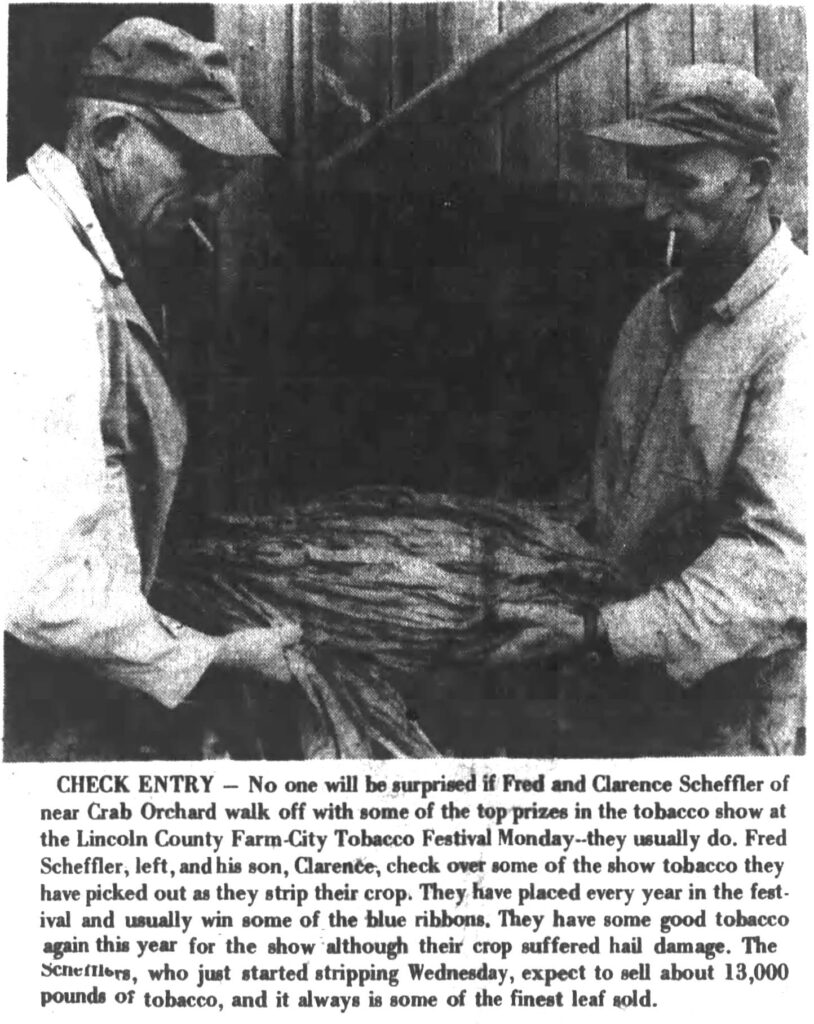
Bean fields were not in Broughtontown but some of the local workers from the area worked on these farms. The owners run a cover truck up here from Pulaski County and sometimes Wayne County to pick people up that were wanting to work. I went a few times. These were long days for a kid. The grown-ups made a little money but for a kid, the rows were long and hot but the ride was fun. Two cents a pound was what they paid when you got your sack full. There were rows of green beans for as long as you could see. I remember a two ton cattle truck with racks full to the top with green beans. I know some others will still
remember this, too
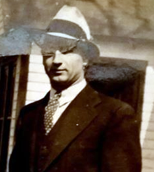
Mike GentonMr. Mike Genton (photo above) had a large cattle and tobacco farm and saw mill on his over 400 acres on what is now Mike Genton Road. He worked several men in the area, too.
Mr. Kielasa, John Feldman and son, Adolf, Anton Hoeck, Fritz and Otto Brenda were other main alfalfa hay and cattle farmers .
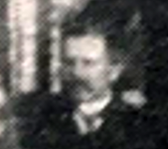
Herbert Kielasa
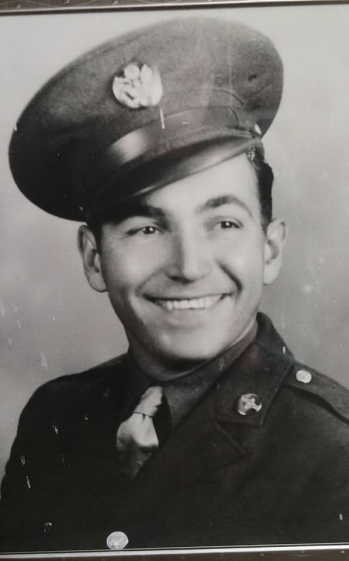
Otto Brenda
Mr. Vernon Brown had a large cattle and tobacco farm that was later sold to Mr. Travis Mullins. Travis converted the land into a large dairy farm. Mr. Jack Williams had owned this farm along with Mr. Arthur Perry’s place place early on.
Mr. Homer Harness and his son, Johnny operated several large farms and dairy in the Broughtontown area. The family still operates them today.
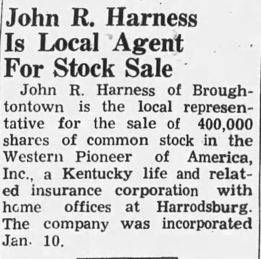
Mr. Floyd Buster Smith operated a dairy Farm on the north end of Hwy 1781 and then later, Delmas Petrey operated that same farm. Buster Smith and his daughter, Norma Smith moved to Brenda Road and operated a large dairy farm that Fritz Brenda had previously operated. The Mennonite families operate theses two farms today. Delmas Petrey moved to a farm on Allen Road.
The Bratcher family has operated a large daily farm for years and feed store on what is now Hwy 643.
Mr. Cloyd Simpson and his sons Harrison, Curtis and Danny. Loren and son, Eddie operated dairy farms on Hwy 618. Mr. Hulen Simpson and his son, Johnny and Mr. Denver Simpson and his son, Junior operated dairy farms on Hwy 39 South. Hulen had a hog operation at one time and Denver had a chicken and egg operation. The Simpson brothers: Hulen, Loren, Donald, Jack and Benny operated feed mills in Crab Orchard, Brodhead and Waynesburg. Later, Betty Simpson operated the Waynesburg Mill.
Dairies in the Broughtontown area – Bucky, Vivian and Nathaniel Weaver, Norma Smith, Bill Irvin, the Mennonites at the old Emmett Maggard Place, Paul Ray Kidd, April and Shannon Howard, the people from Pennsylvania that purchased the Travis Mullins place, Richard Smith, Doug Smith, Bobby Smith, Curtis Frith and his sons Leon and Gary, Loren Sanders, James and Gene Sowders, the Mennonites that bought the Sowders place, Eliz and Glen Bishop, Arthur Perry, Jeff Scott, Wille Petrey, Gene Noe, Curtis and Sharon
Simpson, Marshall and Janie Brown, Betty and Tony Todd, James McFerron and his son, Ronnie, Carl, Hazel, and Wayne Brown, Ulysses and Louise Harness, Clay Cash, Ruby Shackleford , Clarence Scheffler, Ray Wren, Evert Adams, Dwight Osbourne, Raymond Asher Jr., Virgil Benge, Darris Killen, Joe Irvin, C.W. Brock, Delbert Greer, Kenneth Oakes, and Eddie Reynolds had the largest dairy in the area that he later sold out to the Mennonites. I’m sure I’ve missed some in the early years.
All the farms small and large had tobacco allotments.
Nathan and Gladys Farris operated a chicken and egg operation with cattle and tobacco on Brock Road.
The Mennonites operate a vegetable farm on the Farris place now. The Mennonites operate a fertilizer plant on the Earls place on Brock Road now .
Mr. Edmund Irvin operated a flour mill and blacksmith shop on Hwy 1781 and Bishop Road.
Tom Taylor operated a can milk truck route in the area.
Mr. Raymond Pat Baugh operated a bulk tank milk truck route in the area.
Cane Mills – Bill Brown on John Cash Road (info from Billy Griffin), Jim Steenbergen’s cane mill on McMullin Road (info from Dorothy Crank), and John Cash and son, Kermit had a cane mill on their farm on John Cash Road. They made sorghum molasses in the 1940’s though the late 1960’s. They used horses first and then
later tractors to run the cane mill (info from Clay Cash’s wife Lucille Cash and Judy Cash Adams).
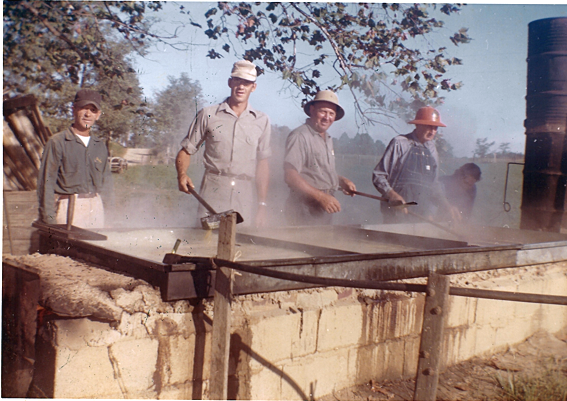
Left to Right – ? – Clay Cash – Kermit Cash – John Cash – ?
Blacksmith Shop – Tinnell Sanders ran a blacksmith shop on Brock Road, near Flatwood School Road. There was evidence of a blacksmith shop on Hwy 39 South on a farm owned by A.B. and Shirley Lewis. Whitt Hammons, Jr. Simpson, and Johnny Simpson then found the shop when selling a lot back to Jr. Simpson (info from Johnny Simpson and David Hammons).

